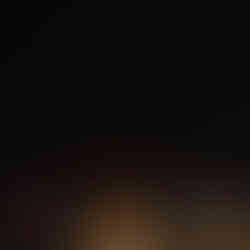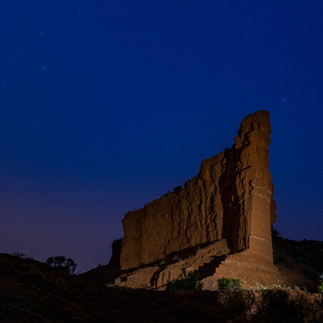Night Skies of the Texas Outback - A field report from our latest photography workshop
- Russell Graves
- Mar 10, 2024
- 3 min read
On the first night of the Night Skies of the Texas Outback photography workshop, it didn’t take long to figure out that these skies are dark.
We stop the van, unload, and take a few minutes to acclimate our eyes to the emptiness. Sure, a few lights smatter the horizon here and there, but this area lacks the omnipresent glow of a nearby city.
During the day, the landscapes are austere. Here lie vast expanses of red dirt rolling plains cut by erosional gullies and carpeted in agricultural fields, grasslands, and mesquite tree flats. The towns that do exist out here are too tough to die. The smaller burghs (the ones that have succumbed to a generation or two of farm consolidation and the inevitable flight of folks who go to where the jobs exist) are now just a shell of what they once were.

As the sun goes down, the “ghosts” come alive. Our gaze is averted to the dark skies underneath an indigo sky. There’s not enough ambient light in the sky to appreciate the foregrounds, but the stars… oh, the stars… they shine.
“The stars at night are big and bright, deep in the heart of Texas,” goes the old refrain. It’s apropos given the fact that under the Bortles Class 2 skies, we can see too many stars to ever count. We also see planets as well as a galaxy or two.

Before the trip begins, I explain to the workshop participants that night photography is a slow process. Setting up cameras and even moving about in the dark becomes a deliberate, measured experience. Exposures are long, but patience is rewarded with a collection of surreal and otherworldly images. I don’t know if sufficient superlatives exist to explain the feeling you get when you look at a well-composed and well-lit image after a five-minute exposure.

Digital photography typically has an immediacy: You take a picture whose duration is measured in a fraction of a second, and you can view it instantly. Night photography harkens back to when you couldn’t simply see your image when you took it. Long exposures necessitate the need to wait and be patient. Patience, however, is rewarded with a collection of images you just can’t make during the day.


While the chronology isn’t so important, our days are spent doing post-processing, seeing local sights, and preparing for a night cloaked under the veil of darkness. Depending on the weather on a particular night, we spend some time shooting incredible foreground objects like grain silos and old trucks. When the skies are clear, we do star trails. Throughout the trip, we have not experienced any shortage of interesting landscapes or interesting topics to discuss. Once you learn to “see” scenes that work well for night photography, you’ll find no shortage of things in which to photograph. While a scene may be mundane in the day, it takes on a whole new aesthetic come nightfall. We capture these scenes with digital media and a whole lot of creativity.


Towards the end of the multi-day workshop, we’re headed out to start our night experience when a big thunderstorm blooms from the heat of the land and the moisture from the air. Predictably, it rumbles across the landscape in a linear fashion from southwest to northeast. We take a high vantage point to the storm’s northwest to watch it slide over the landscape from a safe distance. As it slowly rumbles past us, the storm spawns progenies like lightning, thunder, wind, and torrential downpours. Cameras click to capture the natural splendor.

Rain is always welcome in this country. While the million-acre Smokehouse Creek fire burns 90 miles to our north, it could just as well have been here. Therefore, rain (or any kind of moisture) is ALWAYS welcome in this semi-arid part of Texas.
We finish the night with images lit by the storm and take advantage of the high clouds that spin off from the storm’s core. The most interesting night shots include all of nature’s sky-borne elements—not just clear, star-filled skies. We’re thankful for all we were given. The night skies of the Texas Outback did not disappoint.

###
Are you interested in joining us on one of our all-inclusive nature photography workshops? Check out our 2024 list of trips. The 2025 catalog is launching soon, so sign up for our newsletter to keep up with all the updates.
Come back every Sunday for a new blog entry and subscribe to our newsletter at www.hackberryfarmtexas.com
WORKSHOP IMAGES







































Comments